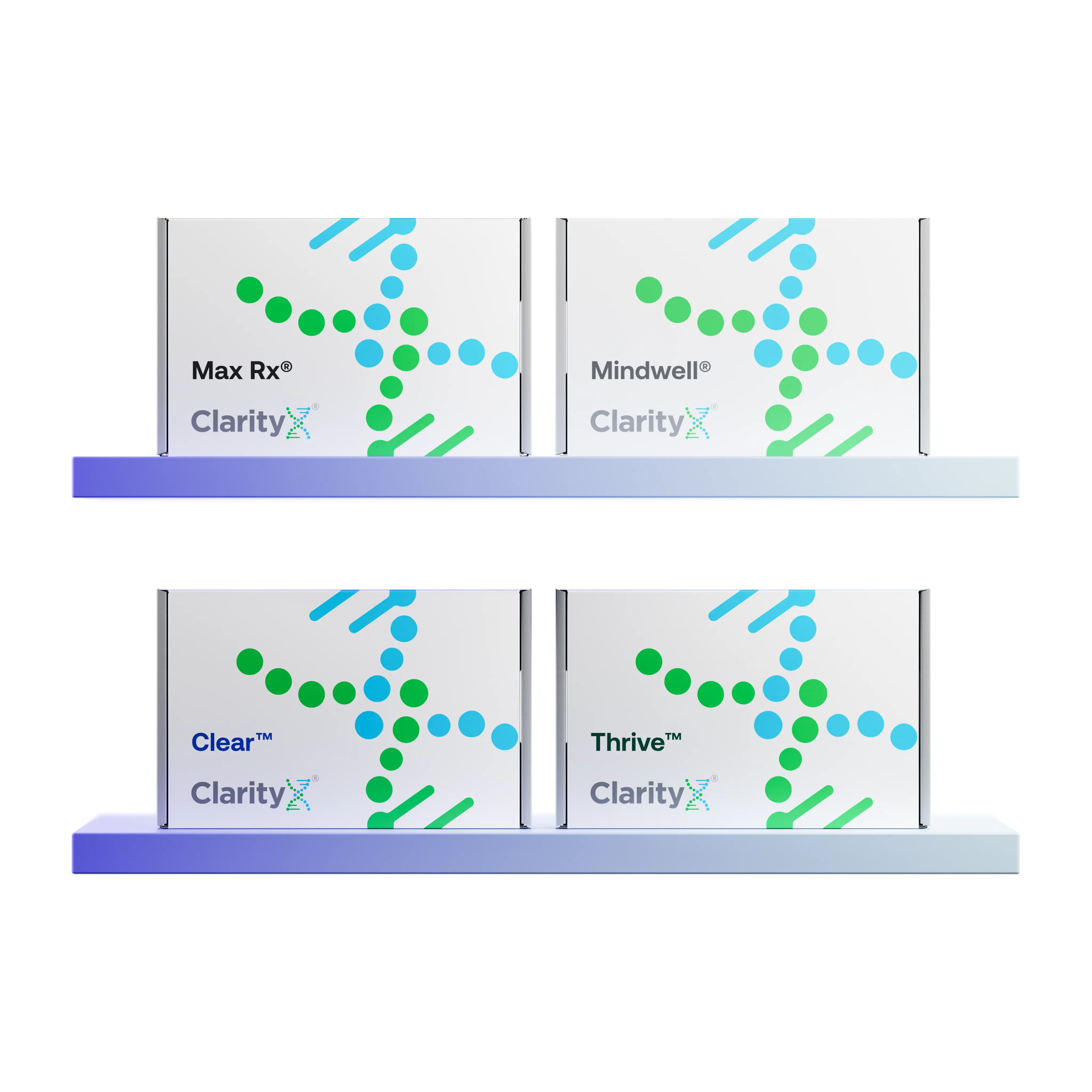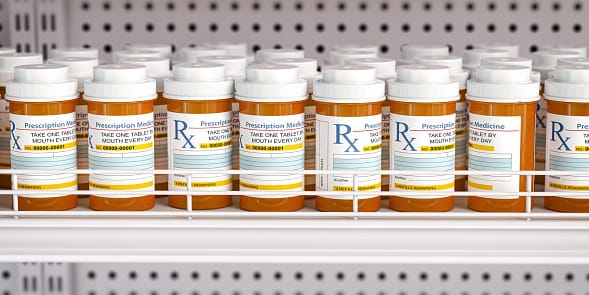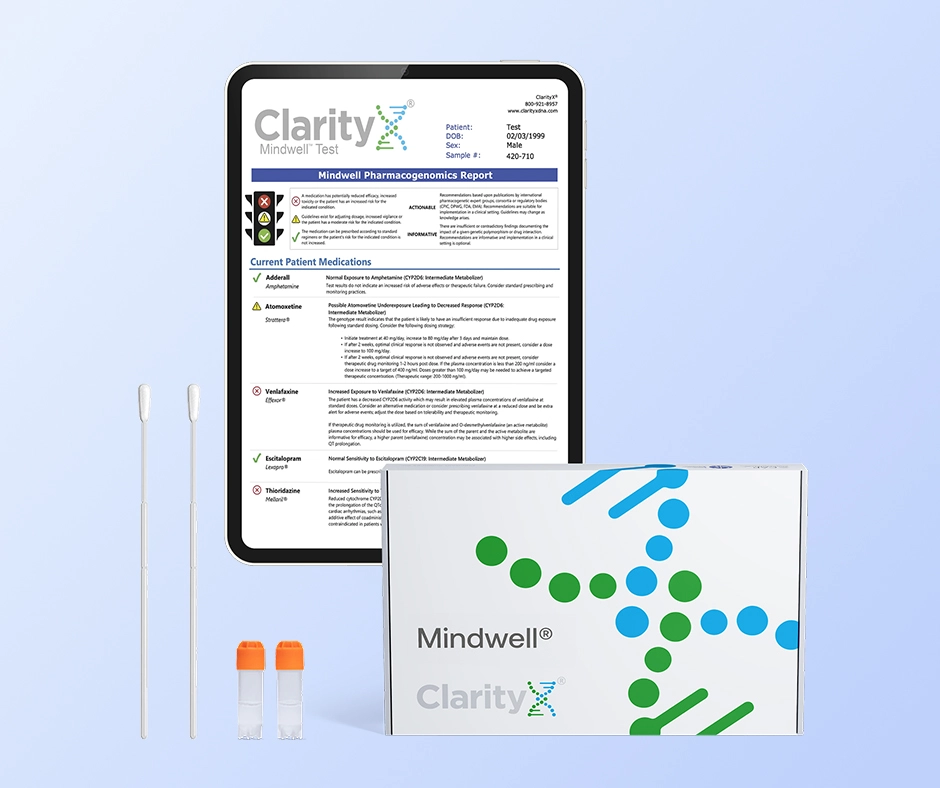Introduction
Deoxyribonucleic acid, DNA, is the alphabet of our bodies. Genes are the paragraphs written by our DNA to give direction for each enzyme or protein produced. These proteins are then used to form all aspects of the body. The study of how our genes affect our medications is called pharmacogenetics.
Pharmacogenetics has led to the discovery of multiple genes that affect over 300 medications so far. These medications may behave differently than expected in patients who have certain variations of these genes. Patients may experience more side effects or may discover a medication does not offer significant benefits because of their genes. Every person is inherently different from every other person because of how their genes interact with medications.
Precision medicine allows patients to be treated as the individuals they are. Frequently patients must endure multiple rounds of medication over multiple months but never truly benefit. Treating patients with the right medication the first time improves outcomes, reduces side effects, increases adherence, and saves both time and money.
Pharmacogenetic testing allows the patient and the provider to better predict which medications may be more effective and which medications should be avoided. The DNA is collected on a simple cheek swab, sent to a lab, and then tested for multiple genes known to affect the metabolism of drugs.
Pharmacokinetics (the movement of a drug through the body)
Drug metabolism can vary based on a person’s individual genes. Pharmacokinetics is the study of what the body does to a given medication or drug. ‘Pharma’ for pharmacy or medicine, and ‘kinetics’ for movement. Pharmacokinetics then is the movement of medication through the body. There are multiple different forms of medication: pills, tablets, capsules, dissolvable tablets, injections, creams, implants, eye drops, ear drops, and many more. Each form has different pharmacokinetics. Eye drops and ear drops generally do not affect the rest of the body, creams could be absorbed through the skin dependent on the medication, and injections may avoid the first-pass metabolism from the liver or gut.
Liberation/Absorption
A patient may be given a prescription with the directions to swallow one pill every day. The journey of this pill is pharmacokinetics in action. First, the pill is swallowed whole, not chewed. If the pill is chewed or dissolves in the mouth, then the medication will take a different path.
The pill travels down the esophagus, or throat, into the stomach where the acid then may cause the pill to dissolve. Some pills are designed to dissolve quickly in the stomach, while others are designed to remain unaffected by the stomach acid and instead do not begin to dissolve until they are in the small intestines where the acid level is less.
Once the pill dissolves the medication becomes available for absorption. Often only a small percentage of the medication makes it into the bloodstream. This is a factor of food, age, illness, genetics, and more.
Most of the absorption occurs past the stomach in the small intestines. The inside walls of the intestines are covered in finger-like villi that increase the surface area allowing for better absorption of medicines and food. In patients who have untreated Celiac Disease or Crohn’s Disease, absorption is limited due to reduced surface area. Pharmacokinetics are different for each drug in each person. Pharmacogenetics helps predict the pharmacokinetics of a specific medication allowing for the optimization of therapy.
Metabolism/Distribution
Once a medication is absorbed and enters the bloodstream, the blood carries the drug throughout the body where it can potentially arrive at and enter the tissue that needs the medicine. The drug may circulate several times through the bloodstream as it is picked up a little at a time by the site that it is meant to treat.
Volume of distribution is a measurement of how broadly a drug goes through the body. Pharmacokinetics help to determine whether the medication can get to the site intended. The brain is highly protected with a blood-brain barrier making it harder for medications to enter from the bloodstream. If a medication needs to enter the brain, it must be built a certain way. It either must be very small or it must be lipophilic, or fat-loving, so that it can pass through the blood-brain barrier. If the patient is experiencing a fungal infection in the brain, the antifungal medication chosen must be one that is known to cross the blood-brain barrier.
Pneumonia, an infection in the lungs, must be treated with medications that are active in the lungs. The lungs produce enzymes that can prevent some antibiotics from working. Pharmacokinetics should be investigated before prescribing a medication for the lungs.
Urinary tract infections, UTIs, require medicine that is active after being exposed to urine. This means that if the medication is taken orally, it must then be excreted in its active form via the kidneys. Pharmacokinetic studies are used to determine activity in each part of the body. Pharmacogenetics affect how the medication is changed and whether it will be active at the site needed.
Prodrugs are drugs that are not active until the body changes them. Clopidogrel, or Plavix, must be changed to its active form before it is able to prevent blood clots. If it does not become active the patient will remain at risk for strokes and heart attacks. Pharmacogenetics determines the activation of clopidogrel and whether the patient is a viable candidate for Plavix therapy.
How fast a medication is metabolized is determined partly by the genes:
- Poor metabolizers do not change the medication quickly. These patients may never have activated Plavix and remain at risk for clotting.
- Intermediate metabolizers will change the medication but may do so more slowly than expected.
- Extensive (normal) metabolizers were the original population that the medication was tested. Medications act as expected in this population.
- Ultrarapid metabolizers change the medication very quickly. Codeine, another prodrug, before it is changed works well to stop coughing; but after it is changed becomes morphine to treat pain. Codeine in ultrarapid metabolizers may mean the patient ends up with an overdose of pain medication leading to decreased breathing or death, especially in children.
Excretion
As the drug moves through the circulatory system, the liver and kidneys are actively attempting to remove it. Much of the metabolism of medications occurs in the liver. The liver’s job is to remove toxins and all foreign bodies from the body. Multiple enzymes in the liver change the medication or drug to make it easier for the body to excrete. How long it takes for a medication to be excreted is measured in half-lives. One half-life is how long it takes to get rid of one-half of the total medication.
A medication may be excreted through:
- the breath
- sweat
- urine
- stool
Pharmacokinetics help to determine how long a medication is working in the body and how soon a patient needs to take another pill.
Genetic testing for anxiety
Genetic testing for anxiety medications prior to treatment can lead to better outcomes. There are multiple medications that are prescribed for anxiety. Choosing the medication most likely to help with the least side effects is easier with pharmacogenetic testing.
Multiple medications are affected by genes. Examples:
- Alprazolam may have no benefit in some patients, or it may lead some patients to have more side effects. The CYP3A gene is partially responsible for these differences in effectiveness.
- Affected by the CYP2C19 gene, escitalopram may lead to increased side effects in some patients. A different medication is recommended for CYP2C19 poor metabolizers
- Fluoxetine (Prozac) concentration is affected by CYP2D6.
- Sertraline patient response is strongly affected by the serotonin 1A receptor (HTR1A).
Genetic testing for depression
Depression is multifaceted and often difficult to treat. Many patients end up going through 3 or more different antidepressants before they either find relief or give up trying. Starting treatment with a medication known to potentially work better with fewer side effects in this population is imperative.
Most antidepressants available are affected by the genetics of the patient. Examples:
- Duloxetine metabolism is affected by both CYP2D6 and CYP1A2 genes.
- Paroxetine (SSRI) can affect your CYP2D6 which can affect other medications; how paroxetine is metabolized is also affected by CYP2D6.
- Venlafaxine (prodrug) requires CYP2D6 to be activated. How CYP2D6 is expressed affects the patient’s response and whether they are at increased risk of adverse effects.
Genetic testing for ADHD
Attention deficit hyperactivity disorder, ADHD, can be well treated with the right prescription of lifestyle and/or medication. Often people are hesitant to medicate ADHD because the first-line medications are also stimulant medications. While stimulant medications may cause issues under certain circumstances, knowing a person’s genetics can help ameliorate the concern. Knowing how you or your loved one will potentially react to stimulant therapy can impact medication choice.
Common ADHD medications:
- Amphetamine toxicity and efficacy are both affected by CYP2D6. Poor metabolizers may have issues with increased concentration and increased adverse reaction risk. Consider starting with a lower dose or using an alternative agent.
- Atomoxetine is affected by multiple forms of the norepinephrine transporter. The transporter can affect whether atomoxetine will help. In some patients, this can also lead to increased side effects or needing a smaller dose.
- Methylphenidate response time is affected by the LPHN3 gene that encodes a brain-specific receptor associated with ADHD.
Summary
In summary, gene testing for medications can lead to better outcomes for patients. Knowing ahead of time whether a medication has the potential for increased side effects with little benefit can lead to patients being treated with more appropriate medications. Choosing the best medication first improves outcomes, reduces side effects, improves adherence, saves time, and saves money. The Hippocratic oath states that medical providers first do no harm. Pharmacogenetic testing helps us to do that. Why not choose the best medication the first time?
Where Can I Get a Pharmacogenetics Test?
ClarityX provides pharmacogenetics testing. With a simple cheek swab, you can discover which medicine would most likely work best for your body. Each person is unique and medication therapy should be based on that uniqueness. The Mindwell PGx test provides information focusing on mental health medications. If you are considering medication therapy or are wondering if your current medications are the ones that work best for you then this test may help.
For more information, please contact ClarityX.
https://www.ncbi.nlm.nih.gov/books/NBK557744/
https://www.sciencedirect.com/topics/medicine-and-dentistry/pharmacokinetics
http://samples.jbpub.com/9781449652739/chapter2.pdf
https://www.pharmgkb.org/disease/PA447196/variantAnnotation
https://www.pharmgkb.org/literature/12481112
https://www.pharmgkb.org/literature/15123002
https://www.pharmgkb.org/literature/15074635
https://www.pharmgkb.org/literature/6778075
https://www.pharmgkb.org/literature/15135622
https://www.pharmgkb.org/literature/15111042
https://www.pharmgkb.org/literature/15104142
https://www.pharmgkb.org/pathway/PA166121347
https://www.pharmgkb.org/pathway/PA165111376
https://www.pharmgkb.org/pathway/PA166255221
https://www.pharmgkb.org/labelAnnotation/PA166182730






